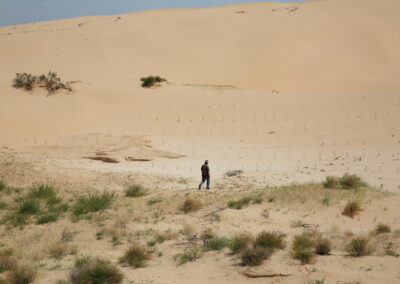The Protector Brochure English Version
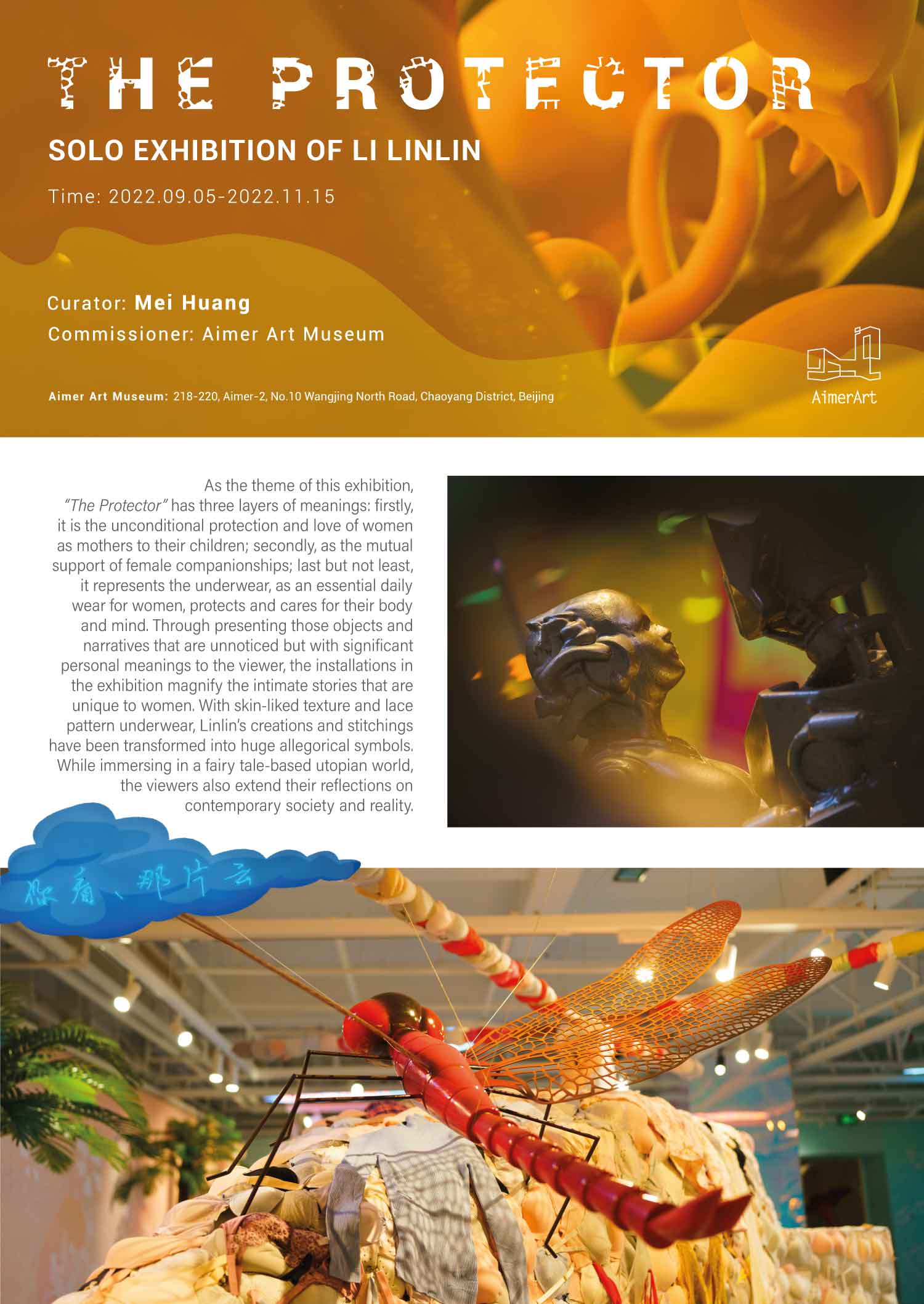
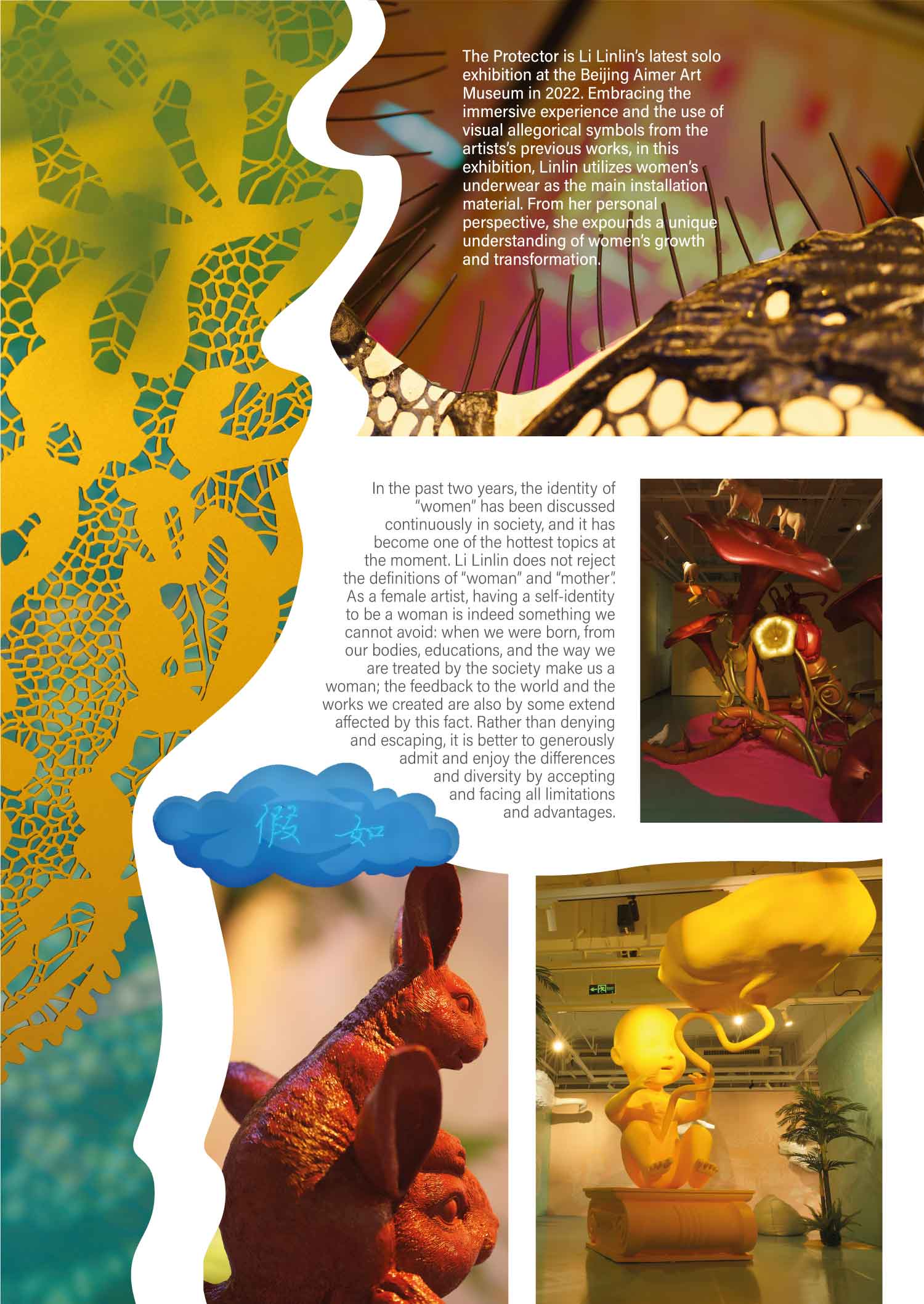
The Protector Brochure Chinese Version
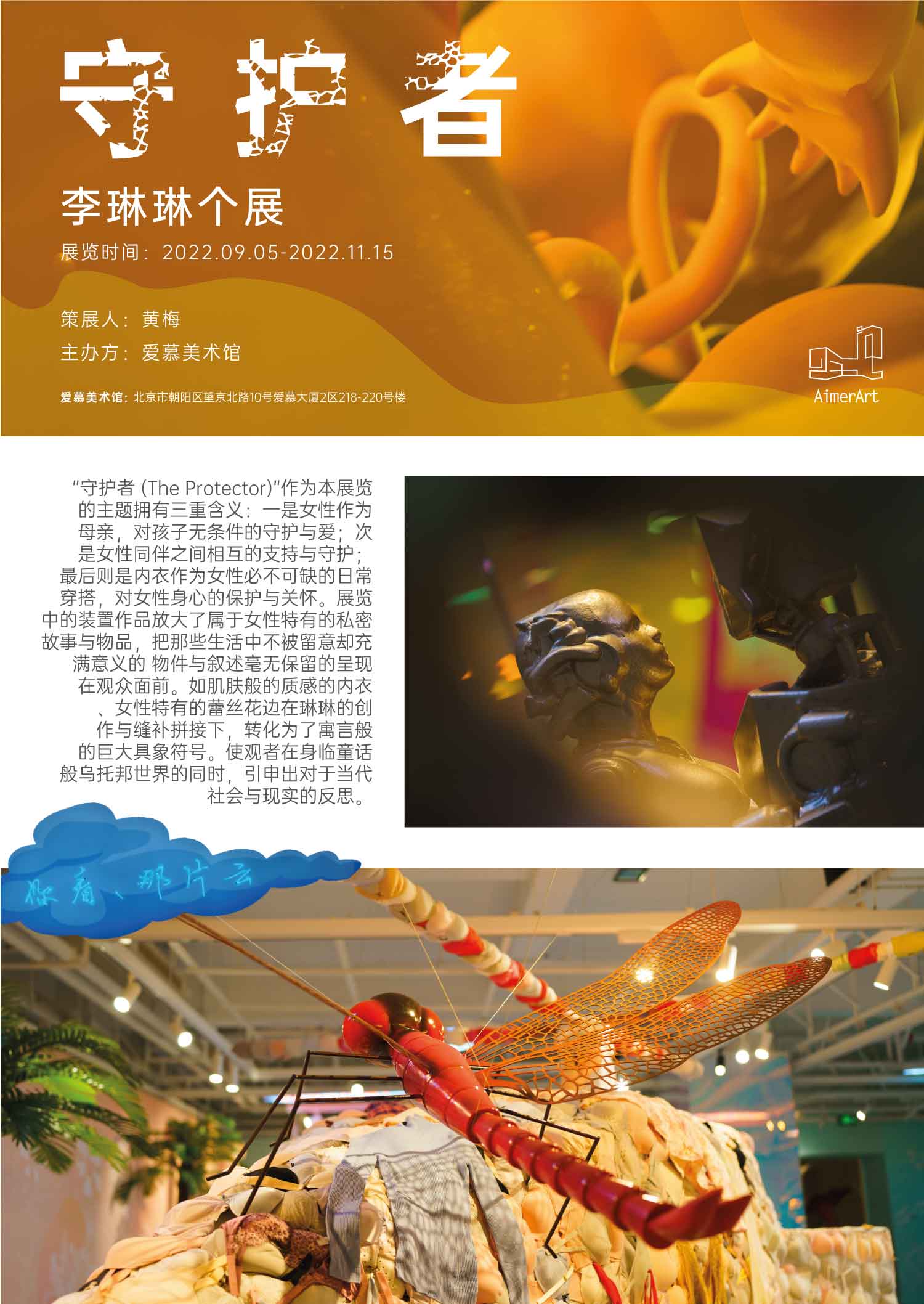
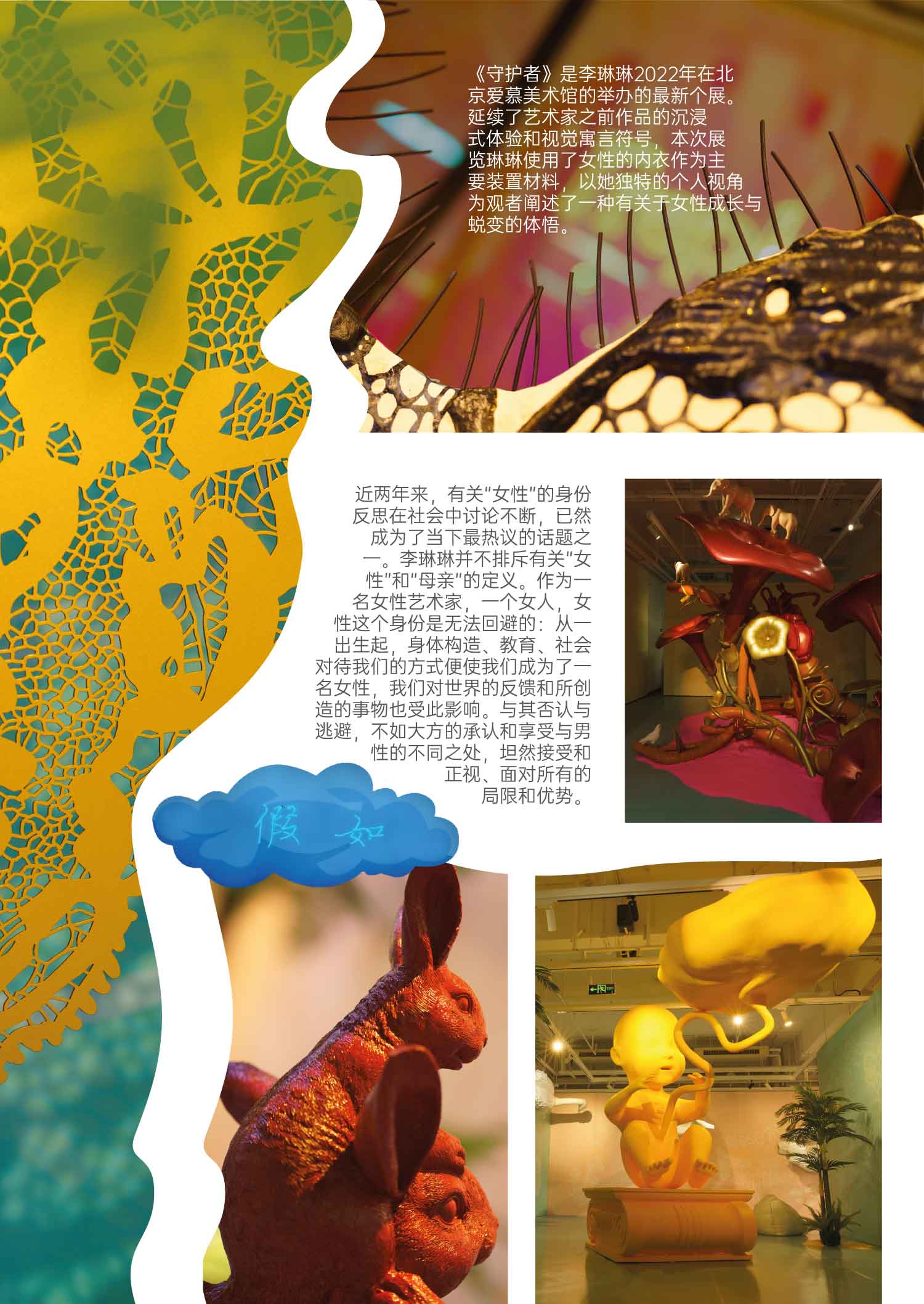
Spiritual Immunity: New launched special edition of the Art Trade Journal 2021







Upcoming Book in 2021
2020 was a difficult year. We have been forced by the situation to stay at home, separated from our loved ones. Some of us might loose our friends and family… and in the work, those projects that took years to prepare have to be posed or cancelled.
Last year I spent most of my time writing and doing research at home, in front of the computer. “When one door closes, another opens”, one says. After 2020, many steps have been advance in the academic research, and apart from two depending published academic articles, I’d like to announce that in 2021 Jaume and I will have a new book coming out: “Xina avui: minories, cultura I societat (China Today: Minorities, Culture and Society)”. The book will be published by the Catalan publication house “Lleonard Muntaner” in Catalan in the first edition, then in Spanish in the second edition.
The aim of this book is to present, in a fun but expert way, the Chinese political and social model and its internal contradictions to the general public. The first part consists of an explanation of this model. It describes its most characteristic features, as well as the hegemonic groups and discourses that characterize them. However, the Chinese model also has strong internal tensions that largely unnoticed among Western audiences. The second part talks about these conflicts: through the visual images of contemporary Chinese artists and curators, different examples of sectors that live in the margins of society are explained. The aim of the book is to bring this unknown reality closer to today’s China, avoiding clichés and combining the views of two authors, a Chinese and a Catalan, both university professors. It will contain an introduction and exclusive interviews from Chinese leading cultural scholars and artists including Wang Hui, Hou Hanru, Lü Nan, Chyanga and many.
The further information will be uploaded in the “Projects” section once the book has been published.
Upcoming exhibition ‘Silent Narratives’
Upcoming Exhibition Silent Narratives at MOCA Yinchuan 2019
Curator: Mei Huang
Silent Narratives
June 2 – August 8, 2019
Opening: 15:00, June 1, 2019
Address: No.12 Hele Road, Xingqing District, Yinchuan, Ningxia
Contacts:
T: 0086-951-842611
https://www.meihuangstudio.com
“The title Silent Narratives was taken from Chaim Potok’s novel The Chosen, in which he describes: I’ve begun to realize that you can listen to silence and learn from it. It has a quality and a dimension all its own”, explains Mei Huang in an interview about her curated exhibition Silent Narratives. The exhibition displays the archive of ancient artifacts of the Silk Road in the same space as the contemporary works of 25 artists from various countries along its route, such as China, Iraq, Israel, Iran, Palestine and Lebanon. Silent Narratives makes the cultural and historical exchanges possible between ancient and modern work silently, ignoring the limitations of time and space. As Roberto Mangabeira Unge has stated in The Self Awakened: “Any social theory that would escape the illusions of false necessity without surrendering to the fantasies of an unrestrained utopianism must make sense of this clash between the self-fulfilling prophecies and the recalcitrant facts.” Silent Narratives is not only related to the past, but also takes the present into account, creating narratives among the different struggles faced by the existing societies along its path. Hence, the ancient Silk Road is just an introduction, which invites us to view the world from the perspectives of the history, culture and politics of globalization.
In Silent Narratives both ancient literature and today’s visual arts are narrated by artists from their own points of view, either micro or macro, which also offers the possibility for visitors to interpret the history from multiple perspectives. Chantal Mouffe, a Belgian political thinker, believes that everything has something to do with politics and always will be. Do the works of art also show the social and political contexts in which they have been made? In relation to this, political scientist Wang Hui talks about the discourse of “De-politicized Politics” that shapes contemporary societies. For Wang Hui, social and political struggles become silent as public space is deprived of its conflictual nature as the political and the social are trying to be constructed as two separated spaces. Silent Narratives also represents those silent social and political narratives present in artifacts and contemporary art works. By the interplay between ancient and contemporary, those issues that have been always present become more obvious to the audience. This exhibition is divided into three chapters: China, The Middle East and Western Europe. Topics as “Past and present”, “Eurocentrism”, “Colonialism and Post-Colonialism” and “the Far-right wing’s rise” have been discussed in the show .
Artists:
Adel Abidin, Anca Benera &Arnold Estenfan, Arghavan Khosravi, Azita Moradkhani, Feifei Yu, Gohar Dashti, Guangli Liu, Guanzhen Wu, Jianhua Liu, Larissa Sansour, Linlin Li, Lu Zheng, Mounir Fatmi, Ning Zong, Ran Cheng, Ruijun Shen, Shiwei Ding, Sishun Wang, Song Yang, Tamir Zadok, Wenting Ma, Yingwei Pu, Zeina Barakeh, Zhengming Zhu


The exhibition ‘Silent Narratives’, progress part 1
The 5th hall, 3D exhibition plan
.png)
Liu Jianhua’s solo exhibition [Monumenti] in Napoli
In the 7th of December, Chinese artist Liu Jianhua started his solo exhibition “Monumenti” in Napoli.


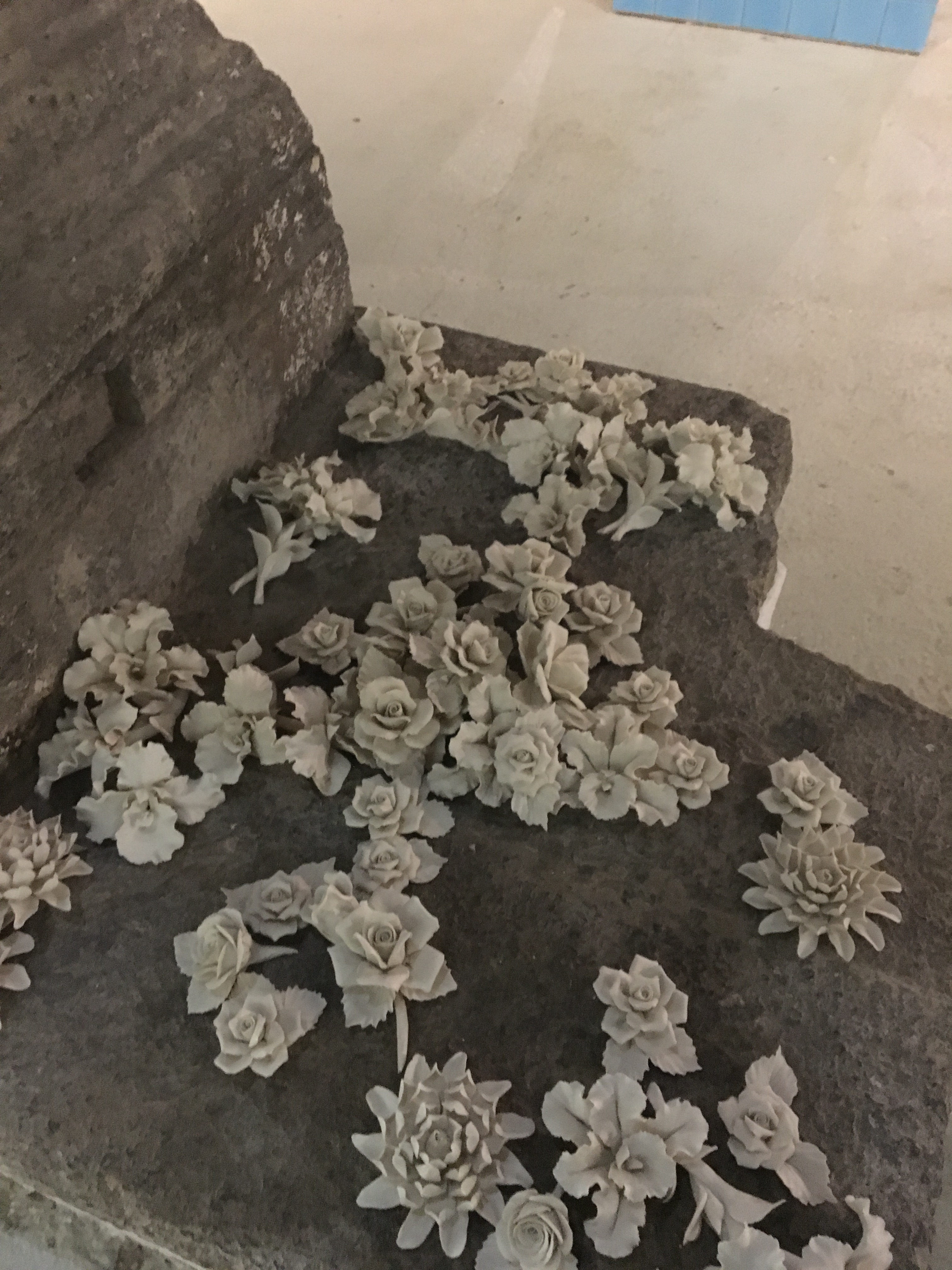

Preparation of upcoming exhibition ‘Silent Narrative’
Based on the art and history of the Ancient silk road, in juxtaposition with artifacts/historical documentaries and contemporary art works, ‘Silent Narrative’ constructs a historical space within time, cultural and geographic limits. The exhibition contains three main themes: East Asia (focus on China), Mid-Asia (Byzantine Empire, Mesopotamia regions and Persian Empire, etc.) and West Europe (Roman Empire and Ancient Greece). Mapping as the pass of the Ancient silk road, the exhibition starts from East Asia and ends in West Europe. Dark red, crystal green and blue represent an specific theme of East Asia, Mid-Asia and West Europe in the exhibition. Each of them illustrates two questions to viewers: what are connections and contractions between ancient art history and contemporary art pieces? And which developments and challenges these countries have under contemporary social political concept?
The exhibition title Silent Narrative is inspired by Chaim Potok’s novel The Chosen (1987) in which he states “I’ve begun to realize that you can listen to silence and learn from it. It has a quality and a dimension all its own” (Potok, 1987:233). As a consequence, the methodology of this exhibition follows neither a traditional timeline nor a displayed order, but “remediate[s]” (Rabinow, 2008:122) and interrupts the original historical and aesthetical context of the collection, while contextualizing “silenced” art objects and creating a new narrative into a space for an ongoing art and culture debate. It aims to offer audiences an opportunity to find their own path and to rethink contemporary discourses relating to art and culture in the ancient silk road history.
Curated by Mei Huang, 35 international and national artists will join this exhibition, it will be launched on the 1st of June, 2019 at Yinchuan MOCA, China.

Exhibition Hall A, Yinchuan MOCA
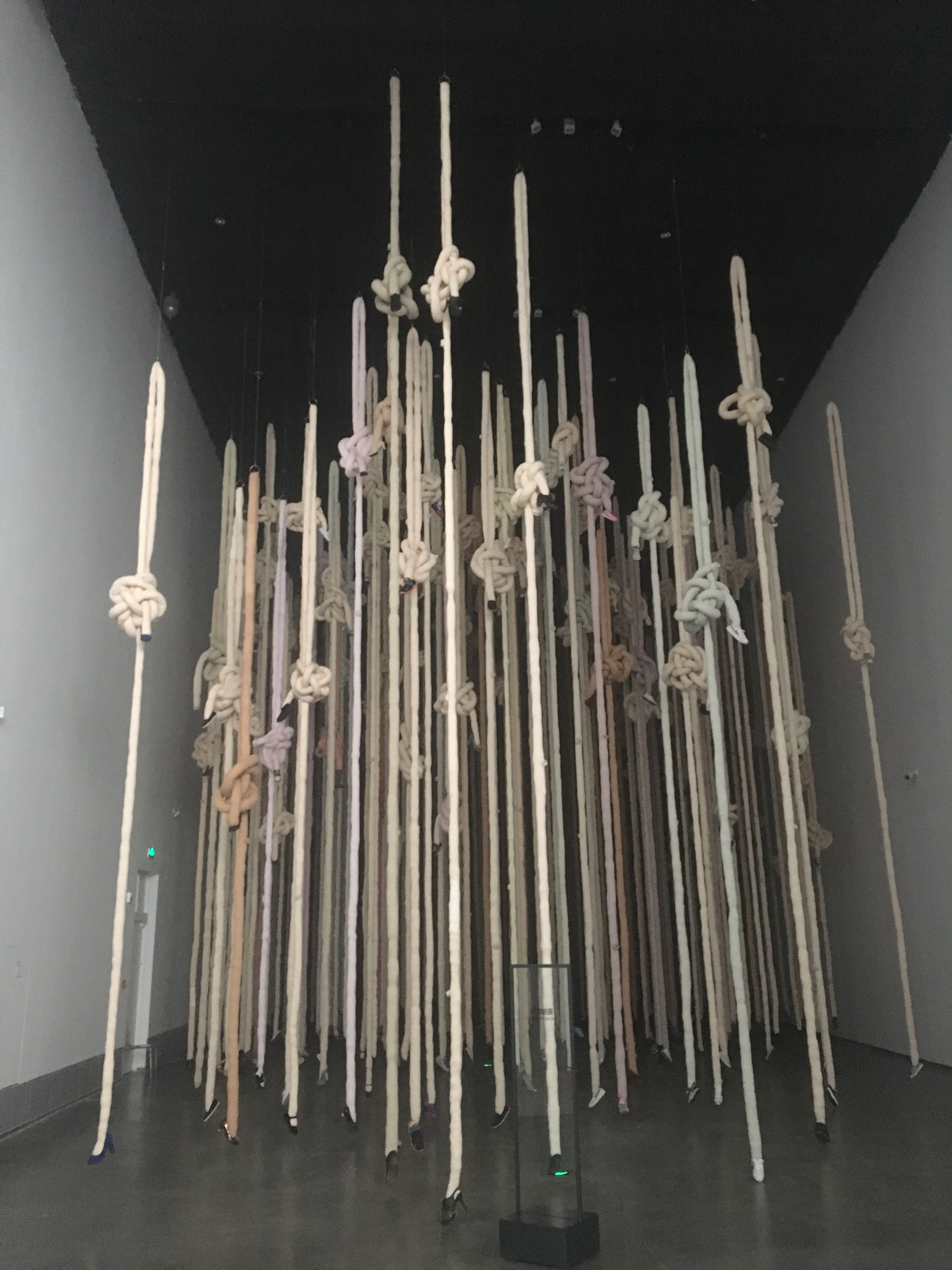
Exhibition Hall 2, Yinchuan MOCA
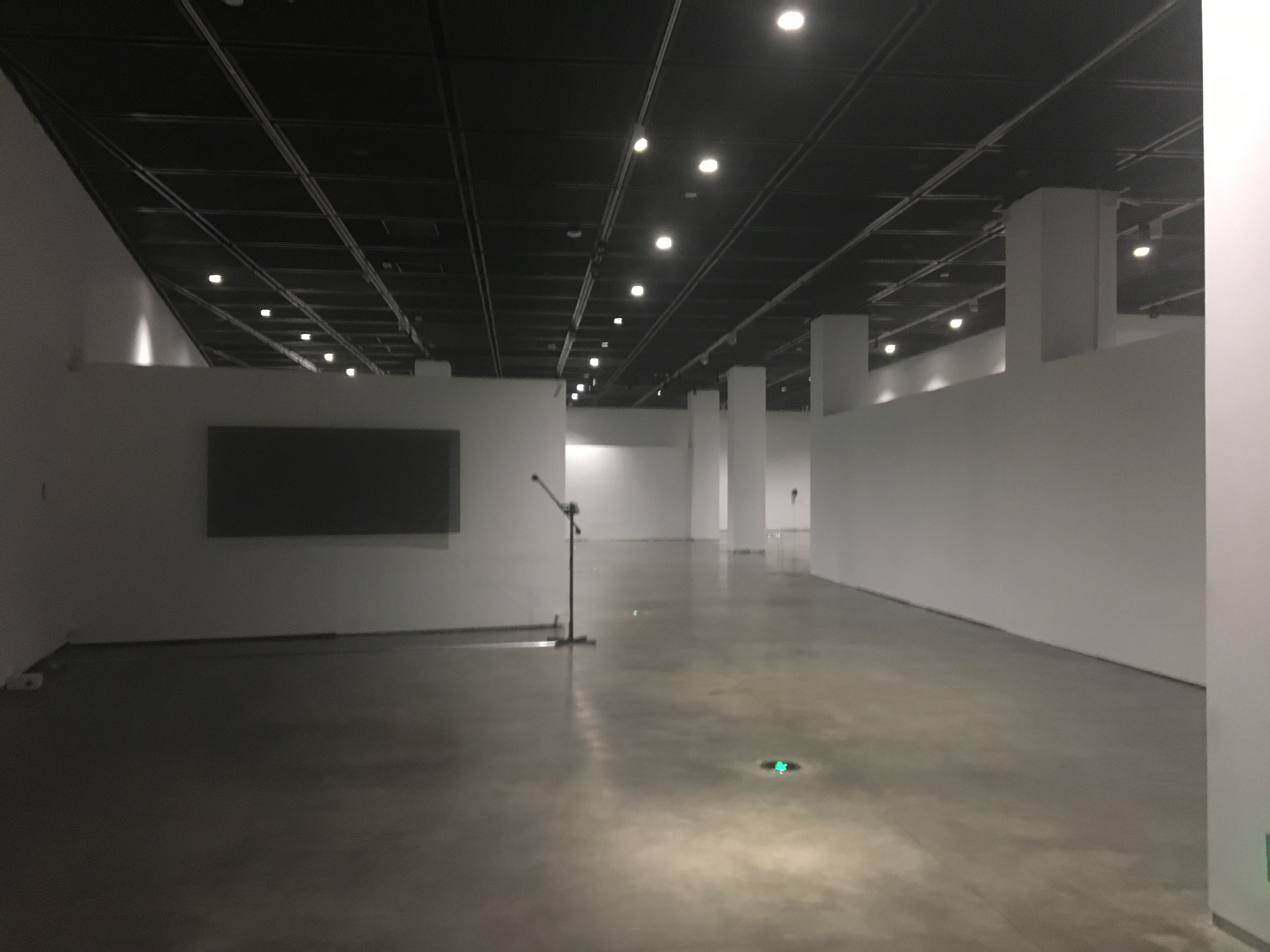
Exhibition Hall 3, Yinchuan MOCA

Central Space, Yinchuan MOCA
The artworks and curating progress will be continually uploaded!!
The 19th China Annual Conference for International Education
The third year I represented Blanquerna to attend the China Conference for International Education, this year traveled to Beijing and Shanghai, from October 20 till 28, 2018. Our booth Number is Beijing E07, Shanghai P15.
Talking with new Spanish ambassador in China 😉
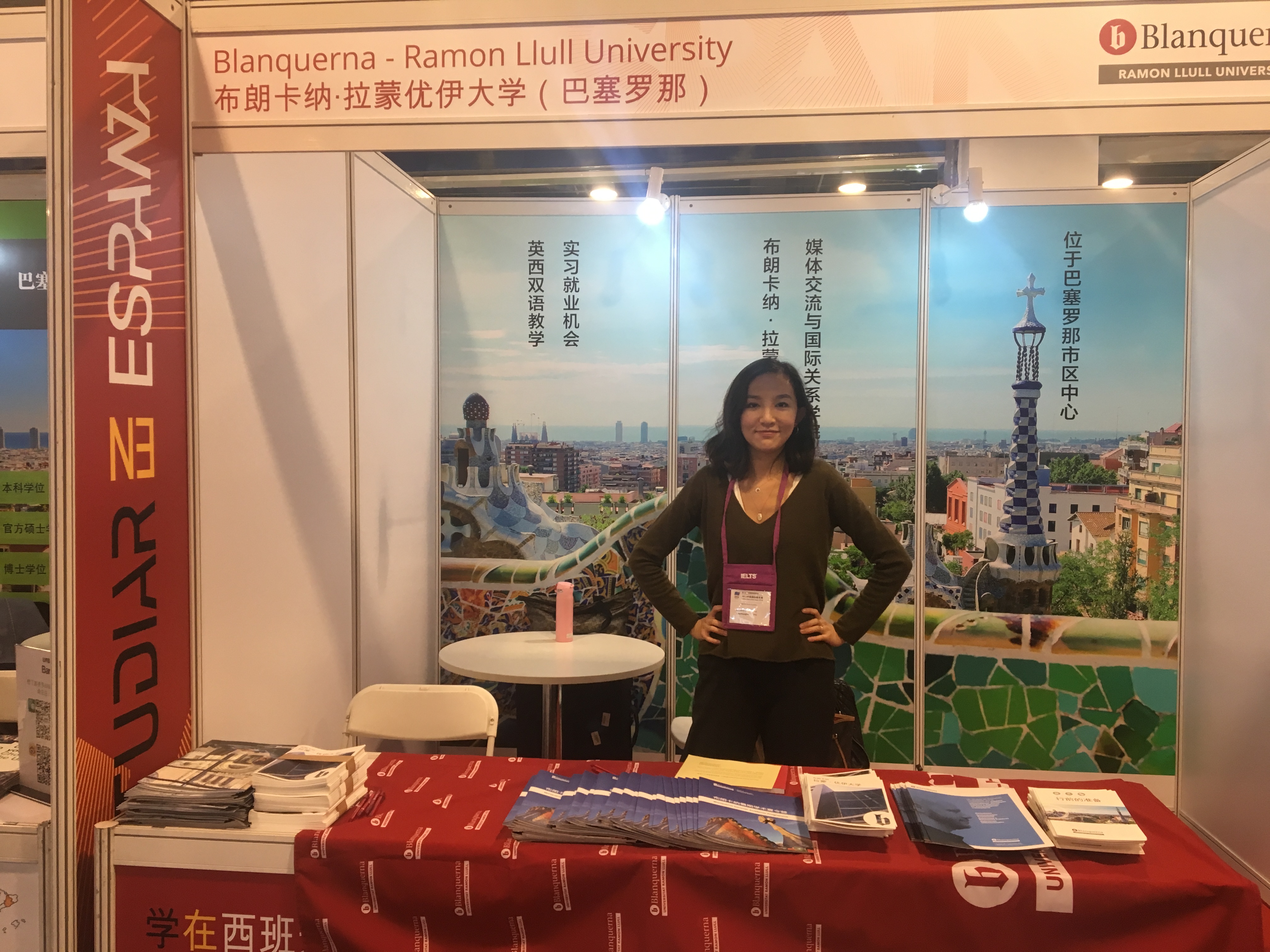
Blanquerna stand in Beijing
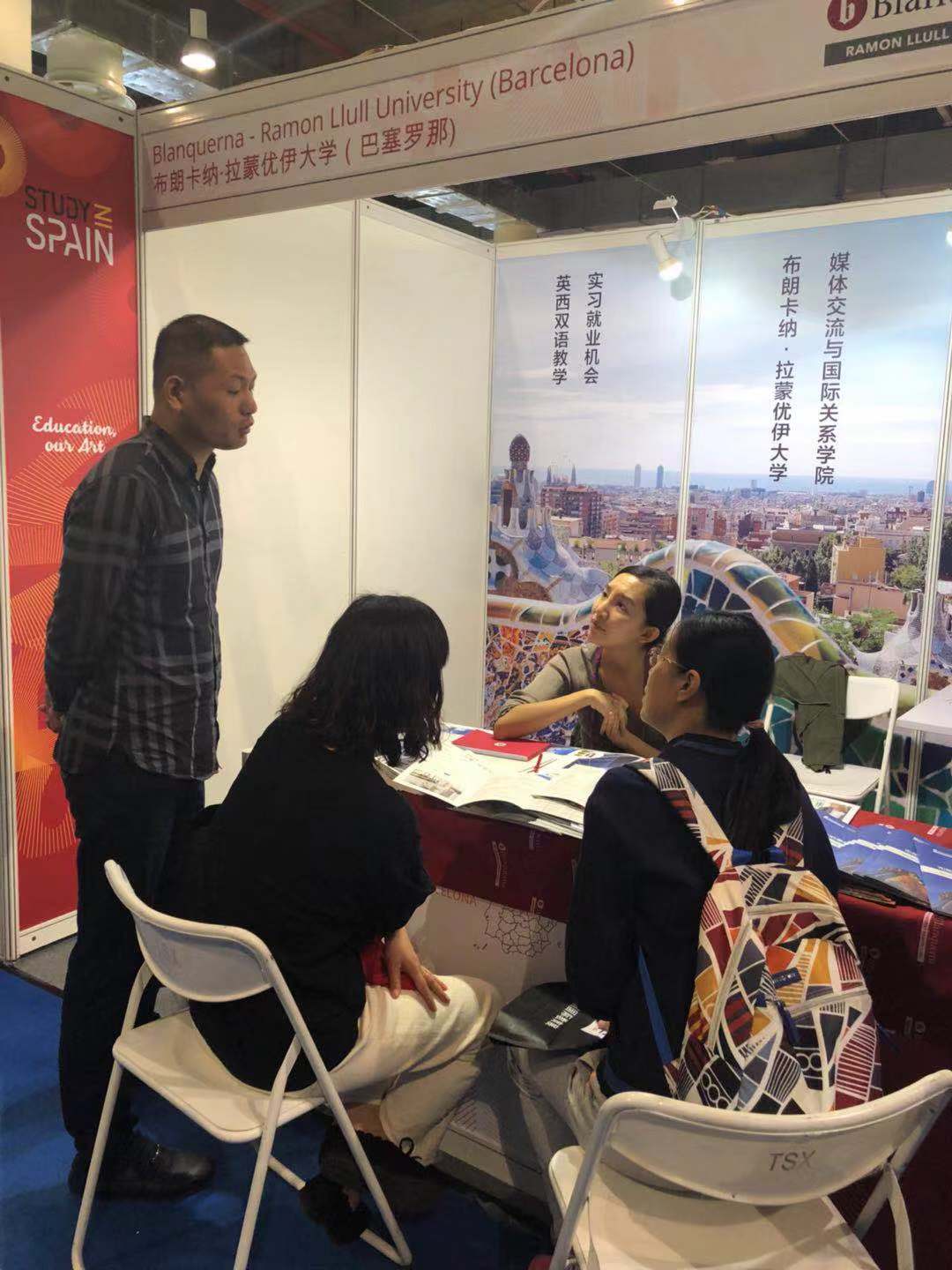
Q&A time with students and parents in Shanghai
Exhibition Interview, “The Frandon Album: photographies of Juan Mencarini in Fuzhou, 1890s”
On the 5th of October, the Foundation of Confucius Institute Barcelona together with the ALTER (a research group from Open university of Catalunya) presented a photograph exhibition “The Frandon Album: photographies of Juan Mencarini in Fuzhou, 1890s”.
The exhibition showed series of digital printed photographies which have been originally taken by Juan Mencarini – a Spanish descent Italian businessman, collector, funder and cross-cultural interpreter in Fuzhou, south of China during 1890s. Through Mencarini’s camera, the living condition, economical situation as well as artistic and cultural references of the 19th century in Fuzhou, China can be interestedly found. Shortly after the opening of the exhibition, Dr. Xavier Ortells-Nicolau, the exhibition curator and Dr. Carles Prado-Fonts, Dr. David Martinez-Robles, Dr. Rocío Ortuño Casanova had a half day seminar and academic discussion about research topics relevant with the exhibition.
The curator Dr.Xavier Ortells-Nicolau has been delightedly invited to have an interview in this post. (Dr.Xavier Ortells-Nicolau- XO, Mei Huang – MH)
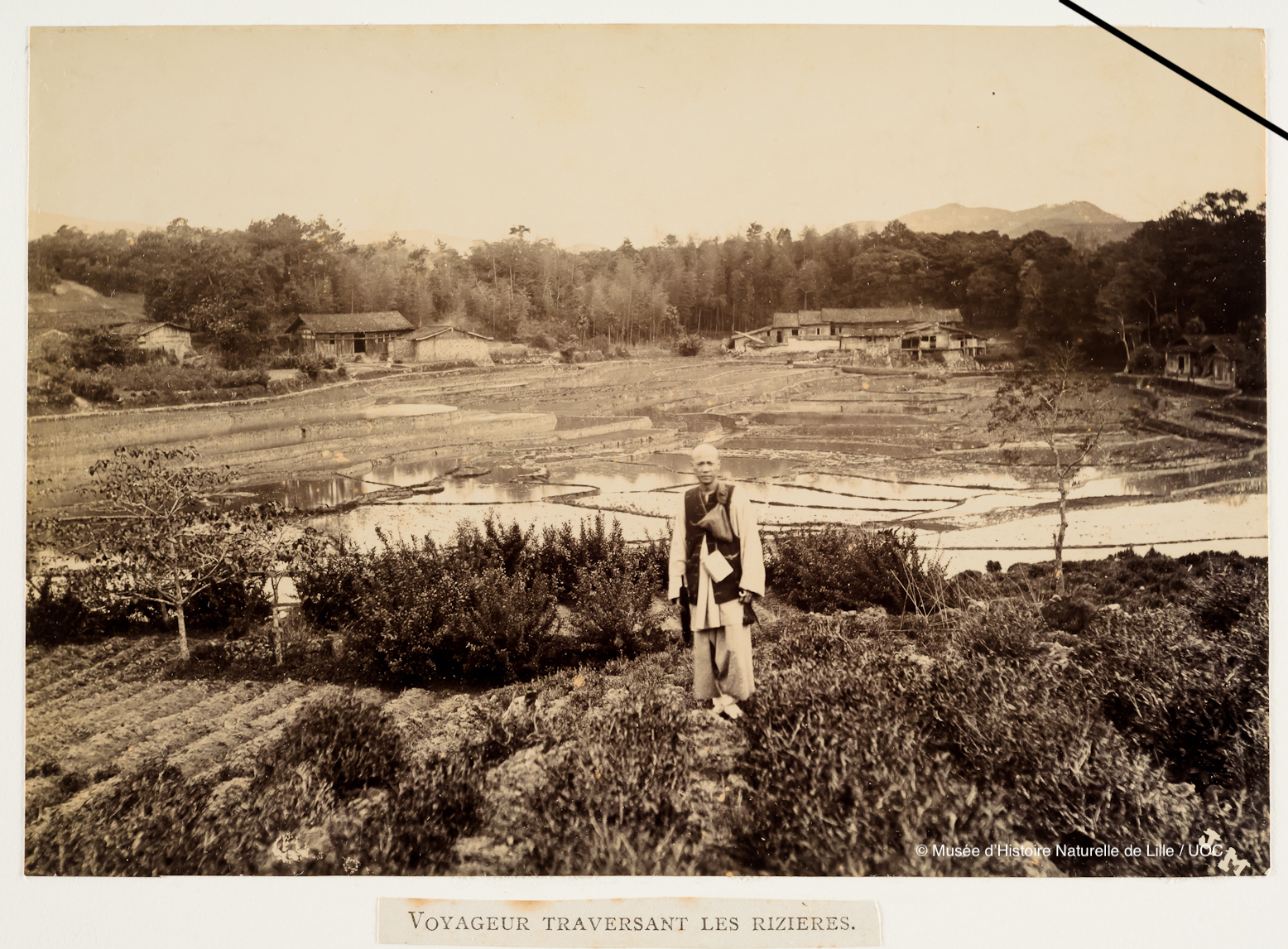
Exhibition view 1, **Please note: the reproduction rights belong to the Natural History Museum of Lille and UOC
MH: What brings you to do research of this topic? and where your inspiration comes from?
XO: About four years ago, research group ALTER at University Oberta de Catalunya (UOC) decided to examine a period in Sino-Spanish relationships previously overlooked in academic literature. The minor role of Spain in 19th century imperialist adventures in China seemed to inform the idea that diplomatic and cultural exchanges were minimal during 19th and early 20th century. i.e., a book like Zhang Kai’s «中国与西班牙关系史» (2003) jumps from coolie trade between Xiamen and Cuba to the 1930s, when civil war in Spain and Japanese aggression in China triggered the feeling of a common fight against fascism.
ALTER’s research has proved otherwise. Not only there were many books published about China in Spain, translations (or indirect translations) of Chinese books, presence of China in the news, etc., but there was also a significant presence of Spanish interests in China at the time. Juan Mencarini is an example.
For my dissertation on contemporary photography in China, I explored the history of photography in China. As a joined the project of the group, I dedicided to look for Spanish photographers in the treaty ports. I knew that Mencarini, a Customs Service employee, had dallied with photography but the findings overpassed our expectations.
MH: Could you please do a brief introduction of the your research and this exhibition?
XO: In addition to his professional career (first as Customs Service employee, later as import-export impresario), Juan Mencarini was an accomplished amateur photographer and promoter of amateur photography in China. He was instrumental in organizing the first associations of amateur photography in Shanghai and Fuzhou at the end of the 19th century.
The French honorary consul in Fuzhou, Ernest Frandon, who was gathering information about the local economy, commissioned commissioned Mencarini to obtain photographs. The result were two albums, titled Commerce, Industrie, Outils, Ustensiles, Meubles, Vetements, Costumes, Types des Habitants du Fokien, with over 120 photographs illustrating Fuzhou’s agriculture, local industries and crafts, population and scenery.
The story of how I found this albums is a wonderful case of academic exchange. Claire Roberts, who briefly mentions Mencarini in her book Photography in China, directed me to art historian Régine Thiriez, who had looked into Mencarini’s photographs in the early 2000s. In turn, Dr. Thiriez directed me to the Musée Guimet in Paris and the Musée d’Histoire Naturelle in Lille. For her part, historian Nicole Tixier assisted me about the chambers of commerce commission. I have also had the opportunity to meet Juan Mencarini’s granddaughter, Rosario Ruiz, who lives in Madrid and who keeps an amazing memory and friendly disposition at her advanced age.
The two collections we located in France, which are almost identical, are truly amazing. It is surprising that they have not been more amply studied and incorporated in the burgeoning body of works on early photography in China. In the wake of John Thomson’s photographs in the region, Mencarini (always an amateur) deployed compositional and technical solutions that separate him from other amateurs. For example, he created an ad hoc studio to maximize light exposure and homogenize the subjects, in order to convey the idea of catalogue or series. In this sense, his photographs have a very ‘contemporary’ flavor, and echo the work of many contemporary photographers.
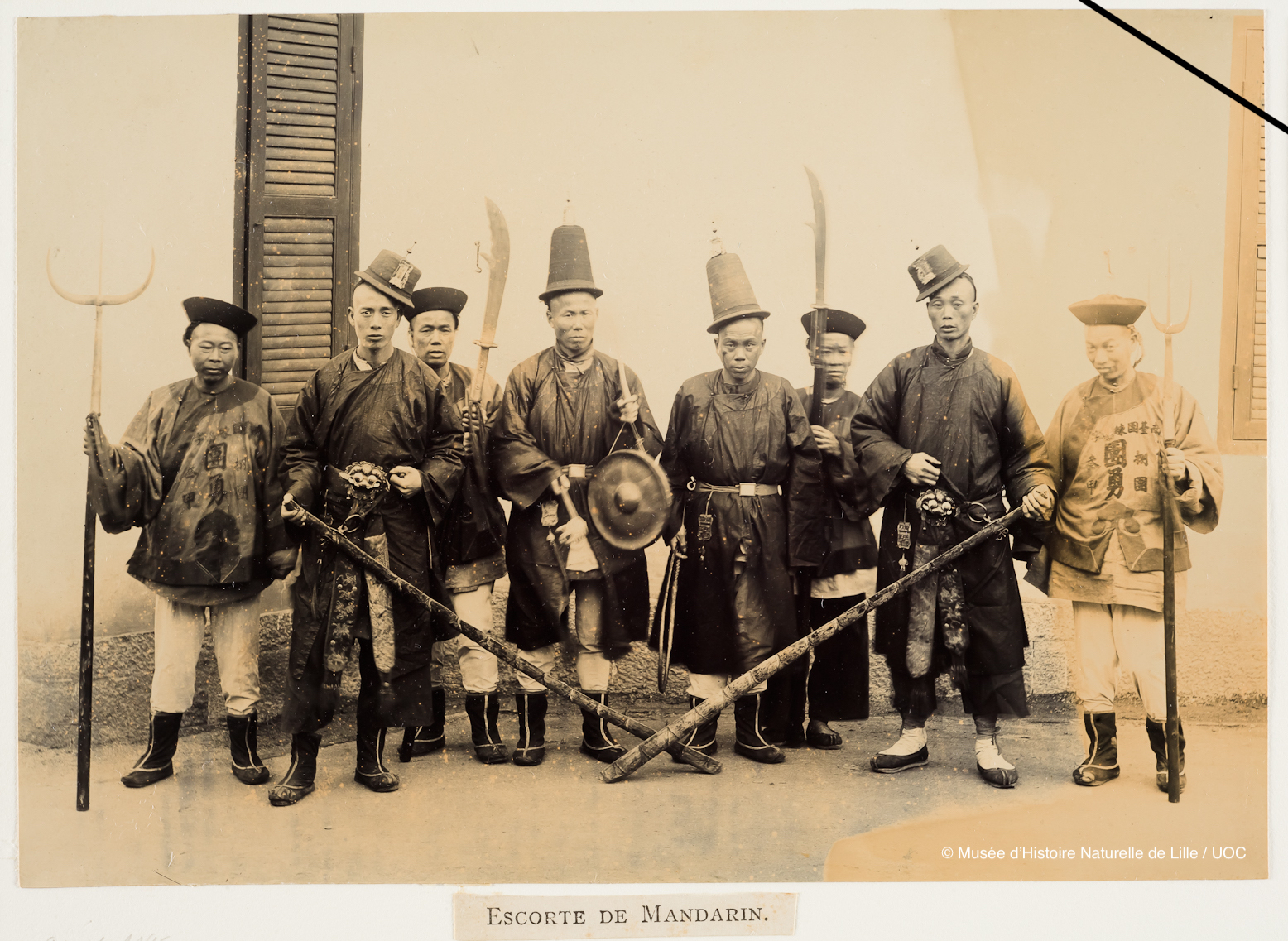
Exhibition view 2, **Please note: the reproduction rights belong to the Natural History Museum of Lille and UOC
MH: Could you introduce yourself and how you build your relationship with China related topics?
XO: I visited China for the first time in 2001 and was impressed by the energy of its changes and the resilience of the local culture. My studies of Chinese and East Asian Studies eventually took me to Columbia University, where I worked under scholars like Weihong Bao and Guobin Yang. For my dissertation I tried to systematize the large body of works by experimental Chinese photographers who had addressed urban demolition in their photographic series, from the site-specific works of Zhan Wang and Zhang Dali in the 90s to Yang Yongliang’s digital collages. In addition, I use their case to argue for a Chinese contribution in the contemporary redefinition of the ruin-object, and the importance of epistemology and process (see “Raised into Ruins: Transforming Debris in Contemporary Photography from China”).
In addition to China’s visual culture and art, then, I am also interested in contributing to redefine China’s position in a globalized cultural scenario. Chinese art and culture still has to confront strong drives that tend towards its ‘provincialization’, when not outright orientalization, and that affects the knowledge and understanding of Chinese culture outside China.
I like to think that my current research on early 20th century foreign photography in China is a way to trace the origins of these dynamics of cultural contact and exchange, specially at a visual level.
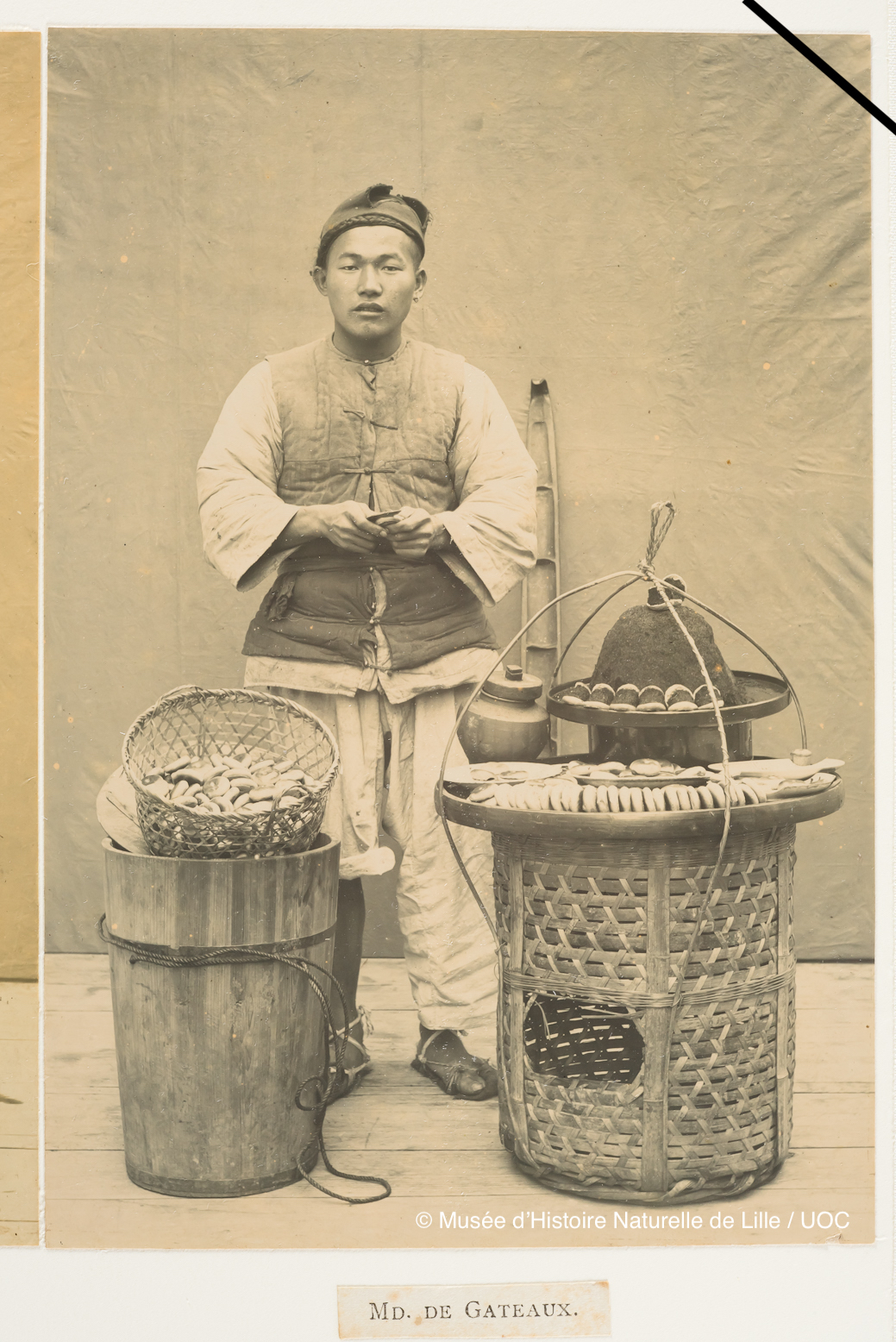
Exhibition view 3, **Please note: the reproduction rights belong to the Natural History Museum of Lille and UOC
MH: What difficulties you have met when you were organizing this project and how you overcome that?
XO: Exhibition of the original prints posed a series of problems so we finally opted for the reproduction of digital copies. Also, given the space we had, we had to select 54 images out of over 120. As curator, I tried to respect both the visual itinerary of the albums as well as the different topics and their respective importance.
MH: Which progress or position you think Chinese art and culture in Catalunya and Spain has and how can we improve it?
XO: This is a difficult one. Let’s say that in general, and with the exception of a growing but still limited number of people, interest about China is often predicated upon either political (dissidence, etc) or ‘orientalist’ issues. As Laia Manonelles, a scholar of Chinese contemporary art at Universitat de Barcelona, noted at the time, Ai Wei Wei’s retrospective in Barcelona, amply covered by the media and massively attended, occurred simultaneously to a very interesting show by Chen Zhen that passed almost unnoticed.
In a related tone. I believe, and everybody finds it so when they see Mencarini’s photographs, that they are interesting and valuable beyond the fact that they are about China. But for the moment, only a Confucius Institute has has enough interest to show them.
I imagine interest about China will grow as local knowledge about China increases, but it would still be difficult to abandon the dependence from trends coming from abroad and create a local approach.
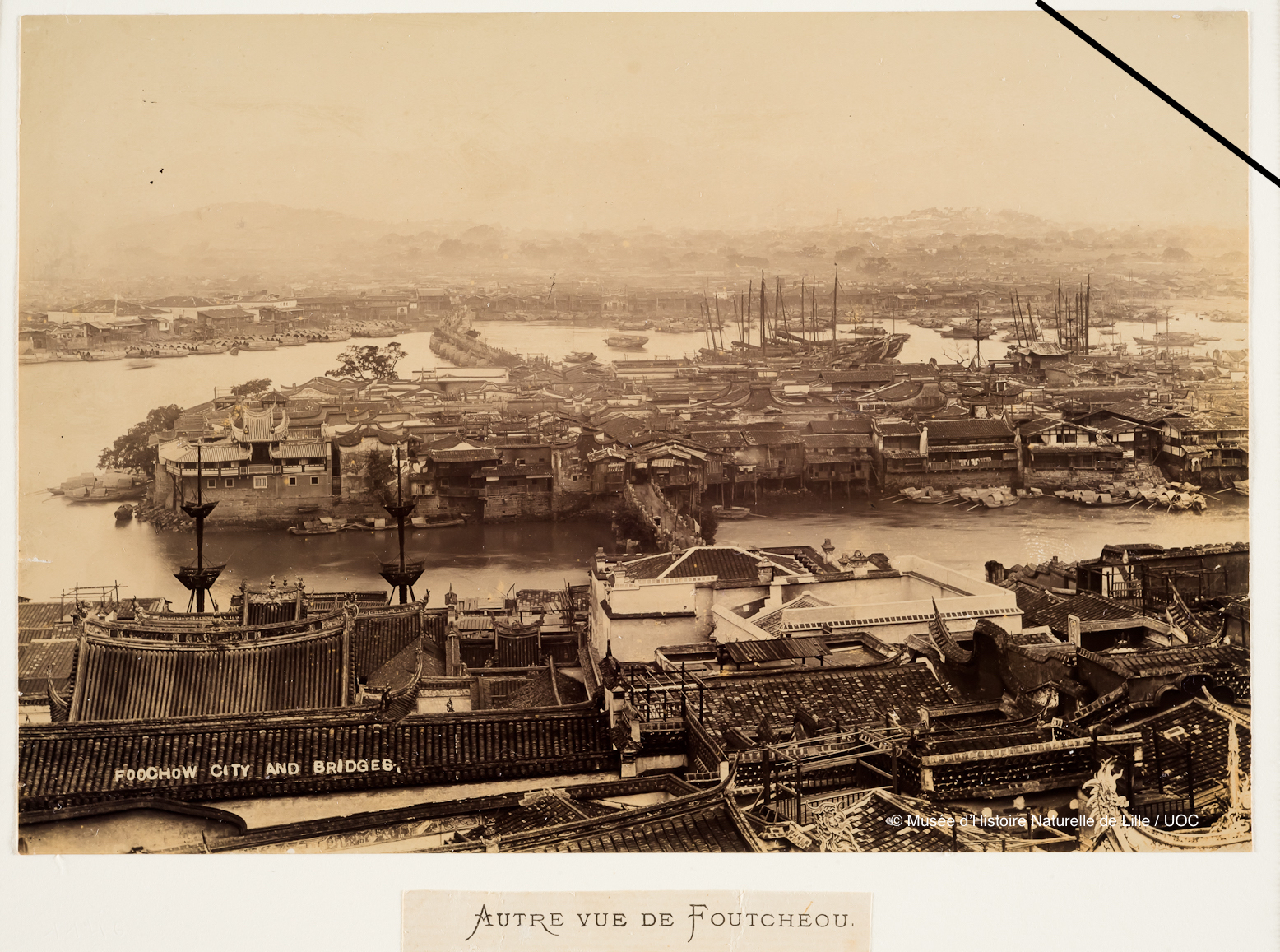
Exhibition view 4, **Please note: the reproduction rights belong to the Natural History Museum of Lille and UOC
The Exhibition will be in Confucius Institute Barcelona until the 9th of November, it will travel to Antwerpen University (Belgium) on the 3ed of December, in the context of an international symposium on Filipino Literature in Spanish in the Context of Hispanic-Asian studies

